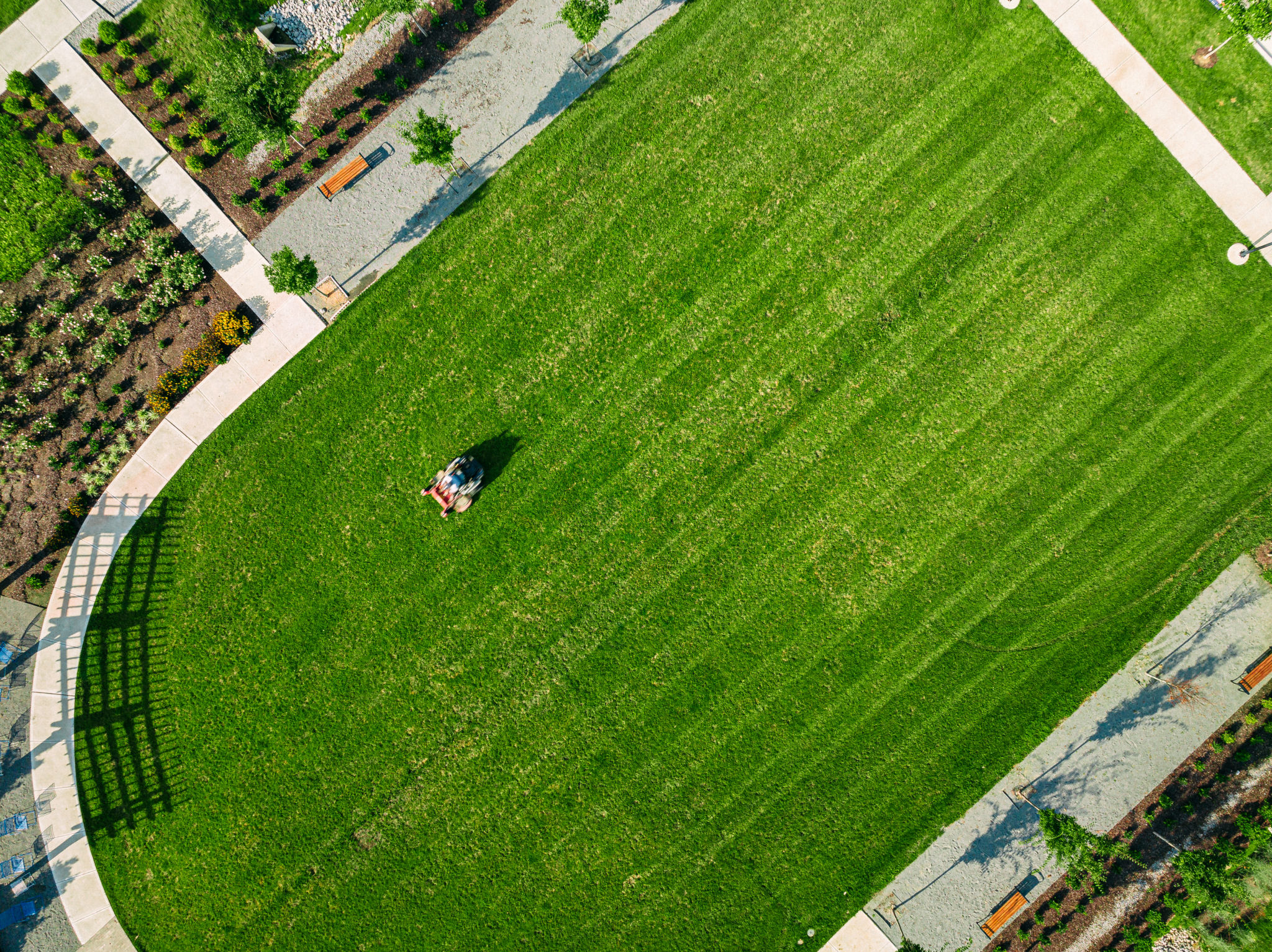Lawn Maintenance Tips for a Lush and Healthy Yard All Year Round
Understanding Your Lawn's Needs
Maintaining a lush and healthy yard throughout the year requires understanding the specific needs of your lawn. Different types of grass have distinct requirements when it comes to watering, mowing, and fertilizing. Start by identifying the grass type in your yard—be it cool-season or warm-season grass—and tailor your care routine accordingly.

Water Wisely
Watering is critical for a thriving lawn, but overwatering can be just as damaging as under-watering. Most lawns require about one inch of water per week, which can be delivered through rainfall or irrigation. It's best to water deeply and infrequently to encourage deep root growth. Early morning is the ideal time to water, as it reduces evaporation and fungal diseases.
Mow at the Right Height
Mowing plays a crucial role in lawn health. Cutting your grass too short can stress it and lead to weed growth, while allowing it to grow too long can result in a patchy appearance. Adjust your mower settings based on the season: keep grass slightly taller during the hottest months to provide shade for the roots and prevent moisture loss.

Seasonal Lawn Care Tips
Different seasons require different lawn care strategies. In spring, focus on cleaning up debris and applying a pre-emergent herbicide to prevent weeds. Summer requires vigilant watering and mowing, while fall is the time to aerate the soil and overseed any bare patches. Winter care involves keeping the lawn clear of debris and minimizing foot traffic.
Fertilize for Growth
Fertilization provides essential nutrients that promote growth and resilience. The key is timing: apply fertilizer in early spring for cool-season grasses and during late spring for warm-season varieties. Use a slow-release formula to prevent nutrient runoff and ensure consistent feeding over time.

Pest and Weed Management
Pests and weeds can quickly turn a beautiful lawn into an unsightly mess. Regular monitoring will help you catch any issues early. Use an integrated pest management approach, combining cultural practices like proper mowing and watering with targeted treatments when necessary. For weeds, consider natural solutions like corn gluten meal or hand pulling for small infestations.
Aeration and Overseeding
Compacted soil restricts root growth and limits access to nutrients. Aeration helps alleviate this by perforating the soil with small holes, allowing water, air, and nutrients to penetrate deeper. Follow aeration with overseeding to fill in bare spots and thicken your lawn. This practice is best done in the fall when temperatures are moderate.

Consistent Care
Achieving a lush lawn isn't about occasional bursts of activity; it requires consistent care throughout the year. Set a regular schedule for watering, mowing, and fertilizing, adjusting based on weather conditions and seasonal changes. Regularly inspect your yard for signs of pests or disease to address issues before they escalate.
With these tips in mind, maintaining a vibrant yard becomes a manageable task that rewards you with a beautiful outdoor space. A well-cared-for lawn not only enhances curb appeal but also provides a comfortable environment for outdoor activities all year round.
